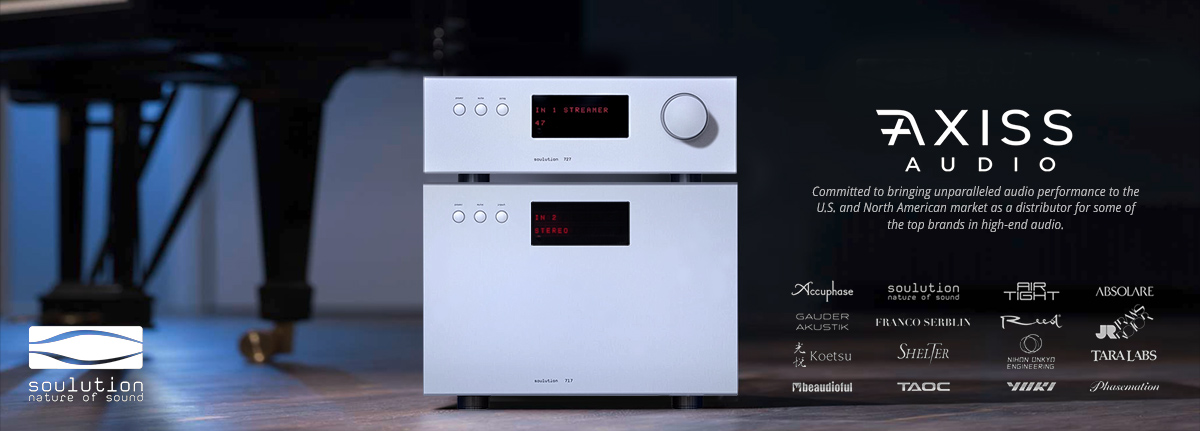The most crucial aspect of "accuracy" is lack of distortion, outweighs all the others by a good margin. But because the industy can't, or won't, properly investigate the nature of the lower level distortions that typically get mixed in with the sound, that are a key element of creating the tube, or transistor, or all the other "sounds", the normal consumer is pretty well helpless in trying to make considered decisions as to the right components to buy. Now, if some bright spark actually did the sort of measurements that sorted this all out, and published them, then you could assemble a system knowing what the end result would be, in terms of the precise nature of the sound quality, especially deep into that glorious wordscape that audiophiles are so fond of, and people could then just get on with "enjoying the music". But this would take a lot of the "fun" out of this mad game, so what would be the point of doing that ?? :b:b
Frank
Frank
















